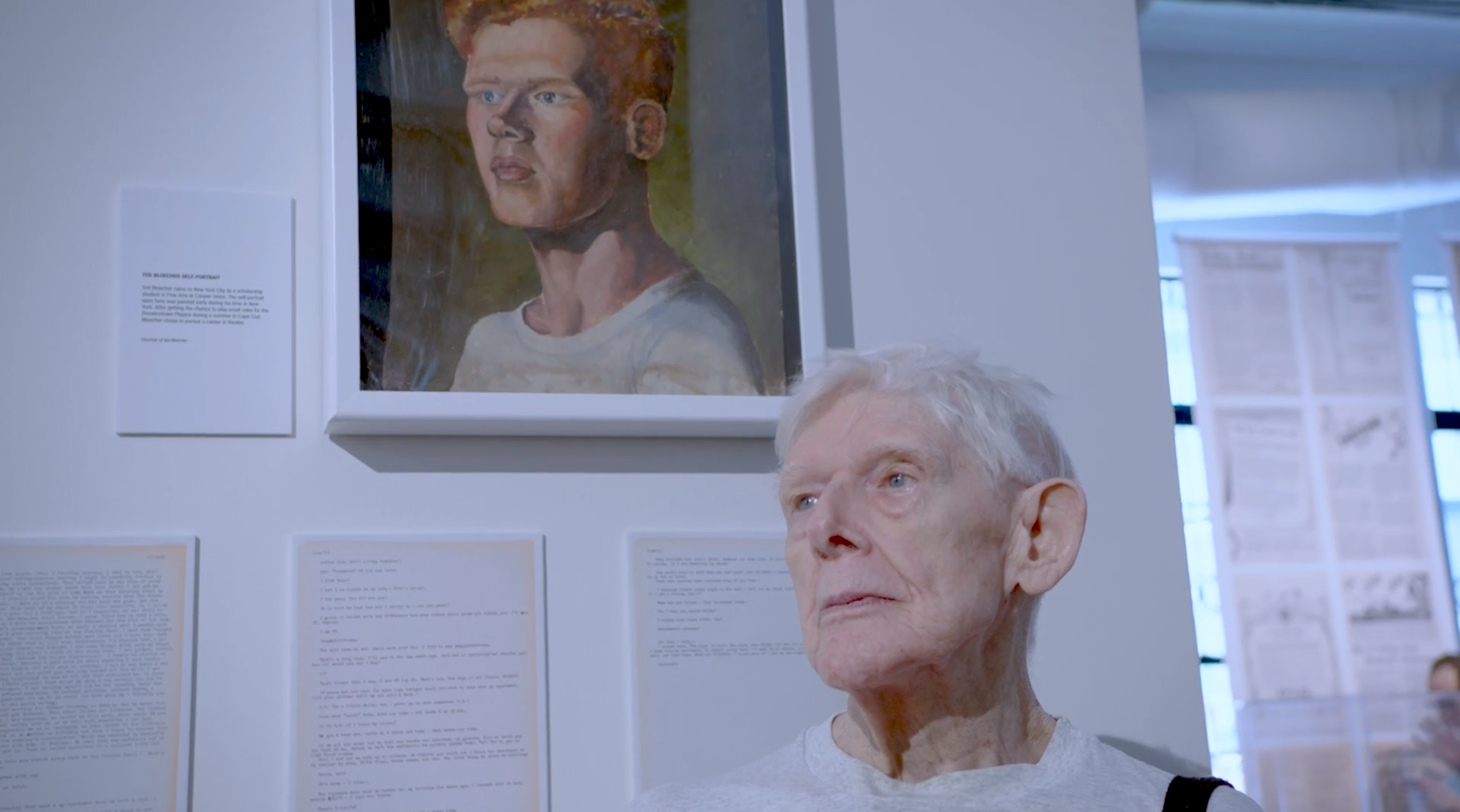Queer City
A 5,000 square foot event space was transformed into a living history museum called Queer City. Clothing, letters, photos, protest signs, and other ephemera painted a picture of New York City’s queer history across 80 years.
THE GOAL
P&G knew how important visibility is to marginalized communities. Depicting the LGBTQ community in media doesn’t just improve the lives of queer people: it can change the hearts and minds of others, too. Companies want to talk to LGBTQ consumers, but it’s easy to come off as inauthentic. P&G needed a first of its kind event that proved just how invested they were in the LGBTQ community.
THE OCCASION
In 2019, World Pride (the world’s largest Pride celebration that finds its home in a new city each year) came to the US for the first time. The city was New York, in honor of the anniversary of the Stonewall Uprising which took place there 50 years prior. It was estimated that 5 million people would descend on NYC for the celebration. With the opportunity to develop an Official World Pride Event, we set out to create a living, breathing love letter to New York City’s queer community.
THE IDEA
To convey P&G’s authentic commitment to the LGBTQ community, we’d bypass the oft-covered markers on the well-worn timeline of LGBTQ history, and create something more intimate, immediate, and unique: a living museum filled with ephemera from queer New Yorkers spanning 80 years. Their stories, illustrated by tangible items like clothing, letters, photos, and more, would come together to tell the queer history of New York City as it had never been told before: as a series of Personal Histories.
THE BUILD
Our team of journalists embedded themselves in the queer enclaves of New York City and spent countless hours at queer archives around the city and with queer historians. Intimate conversations with LGBTQ people of all ages yielded a collection of treasured possessions: a tangible timeline of New York’s queer history.
A team of designers with backgrounds in museum curation and event planning transformed a 5,000 square-foot space on the west side of Manhattan into Queer City.
THE EVENT
Starting with the 1940s and moving through the present, each room in our exhibit featured real objects from real people: The dress-- a favorite to wear at bars like Stonewall-- of a trans woman who witnessed the uprising from a stoop nearby. Love letters from one sailor to another, or coming out letters from a young woman to her father. The notebook in which one contributor scribbled down the name of a life-changing HIV drug. Videos of drag pageants and voguing balls, photos of ‘70s nightlife. Everyday objects were treated like priceless museum pieces. We created an immersive environment that radiated the human stories contained within.
At the center of the exhibit was a screening room where visitors could watch a collection of LGBTQ-themed films from CNN and Great Big Story, including a documentary made with P&G about their own advancements in corporate LGBTQ rights. A photo booth at the end of the exhibit allowed visitors to capture the moment.
THE GUESTS
If visitors managed to take their eyes off of the exhibit, they’d notice that many of the contributors themselves were in the room with them. Watching visitors relate to queer history in a more intimate way than ever before was one thing-- seeing the trans woman whose dress was on display, traveling back in time at the touch of a hem, was a wholly different emotional experience.
After the exhibit, guests were invited upstairs to hear speakers (including both P&G executives and CNN talent like Anderson Cooper and Don Lemon) and watch a performance by drag supergroup Stephanie’s Child.
THE RESULT
During the “Queer City” event, thousands of people walked through the exhibition. Millions more experienced our P&G storytelling online.
In total, videos produced for the event reached 11MM people and were watched 2.5MM times across Facebook and YouTube (20K views over delivery). Overall engagement rate was 92% and 69% of video comments were positive, suggesting the content resonated well at Queer City.
P&G had a 25% share of voice of conversations surrounding CNN’s 50th-anniversary coverage of the Stonewall Uprising and World Pride Parade. “Queer City” attracted national press coverage in LGBTQ-friendly titles.
Most importantly, P&G created a space where its LGBTQ consumers felt safe, respected, and seen.
